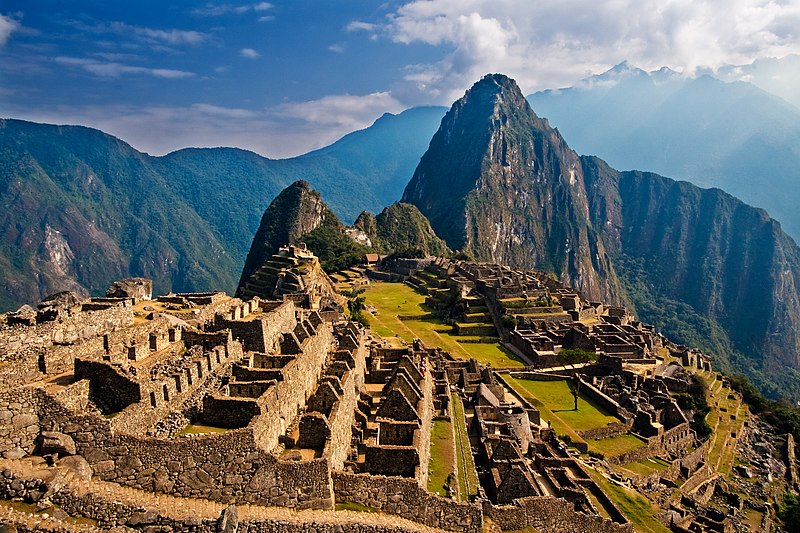From Distant Corners of the Inca Empire
The city’s servant class was a genetically diverse community, according to a new study of ancient DNA
Christopher Parker
Daily Correspondent
July 31, 2023

Researchers think that servants maintained the site year round, while royals only came to Machu Picchu during the dry season. Pedro Szekely via Wikimedia Commons under Creative Commons Attribution-Share Alike 2.0 Generic
Who lived at Machu Picchu?
The Inca city in Peru is one of the most recognizable historical sites in the world. Built in the mid-15th century, it served as a royal estate for the rulers of the Inca Empire before the arrival of the Spanish in the 16th century. But while researchers have long been fascinated by the site, they know little about the lives of its residents—especially its servant class.
Now, in a study published in the journal Science Advances on July 26, scientists shed new light on the question of where Machu Picchu’s residents came from. And the answer, they found, is everywhere.
“Our analyses show that the population at Machu Picchu was highly heterogeneous, with individuals exhibiting genetic ancestries associated with groups from regions throughout the Inca Empire including the coast, highlands and Amazonia,” says study co-author Richard Burger, an archaeologist at Yale, in a statement from the university.
While royals only came to Machu Picchu during the dry season, a community of servants lived at the site year round. Researchers analyzed ancient DNA from the remains of 34 of these servants buried at the site, along with another 34 skeletons from the Inca capital city of Cusco.
More:
https://www.smithsonianmag.com/smart-news/machu-picchu-servants-diversity-ancient-dna-180982625/
